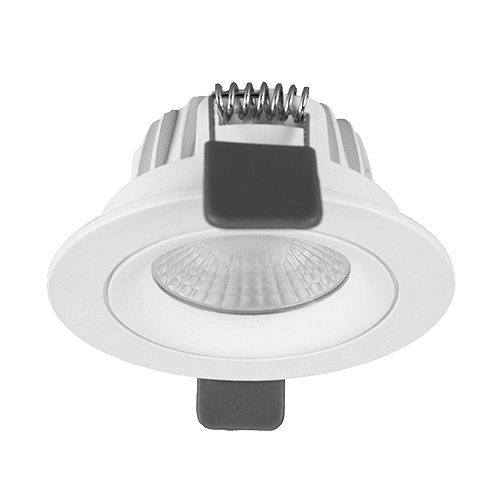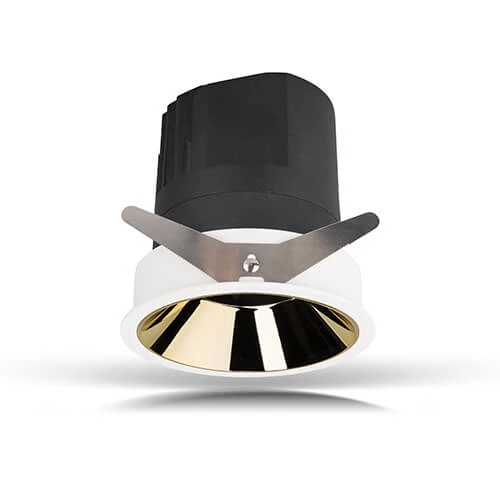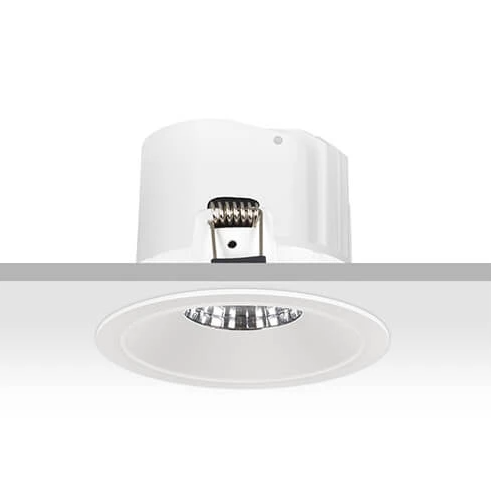Track lights are a popular lighting option that offers both functionality and design flexibility. These lights are commonly used in commercial spaces, galleries, museums, and even residential settings. In this article, we will delve into the energy efficiency and lighting performance of track lights, understanding their benefits and considerations.
Track lights are known for their energy efficiency, making them an excellent choice for those looking to reduce energy consumption. These lights typically use LED technology, which is renowned for its low energy consumption. LED track lights are incredibly efficient as they convert a higher percentage of electrical energy into light compared to traditional lighting options.The efficient nature of LED track lights contributes to reduced energy costs in the long run. These lights consume significantly less electricity, resulting in lower utility bills. Additionally, the longer lifespan of LED bulbs reduces the frequency of replacements, further contributing to energy savings.
Regarding lighting performance, track lights offer excellent versatility. They can be adjusted, rotated, and repositioned along the track to direct light precisely where needed. This functionality allows users to highlight specific objects, artworks, or architectural features in a space.The focused lighting provided by track lights enhances visual comfort and eliminates shadows, creating a well-lit environment. The ability to adjust the direction and intensity of track lights provides complete control over the lighting ambiance, making them ideal for various settings such as retail stores, art galleries, or even residential spaces.
While track lights offer impressive lighting performance, several factors can impact their overall effectiveness. The quality of the track light system, including the track itself and the fixtures, plays a critical role. High-quality tracks ensure proper electrical connections and secure fixture installation, maximizing the lighting performance of track lights.The positioning and spacing of track lights also impact their performance. Proper placement and sufficient spacing between fixtures ensure an even distribution of light, avoiding any dark spots or uneven illumination. Additionally, the color temperature of track lights should align with the space's purpose and desired atmosphere.
When selecting track lights, several factors should be considered to achieve optimal energy efficiency and lighting performance. Firstly, choosing LED track lights with high efficacy ratings will ensure maximum energy savings. Look for lights with a high lumens-per-watt ratio to guarantee bright and efficient illumination.Additionally, consider the beam angle of track lights. Narrower beam angles provide more focused lighting, suitable for highlighting specific areas or objects, while wider beam angles offer broader coverage. The color rendering index (CRI) is another essential aspect to consider as it indicates the accuracy of color reproduction.
Track lights offer excellent energy efficiency and lighting performance, making them a popular choice for various applications. Their LED technology ensures low energy consumption and reduced utility costs. With adjustable positioning and focused lighting, track lights provide versatile illumination to highlight specific areas or objects effectively.When selecting track lights, factors such as track quality, fixture positioning, spacing, and color temperature should be considered to optimize lighting performance. By choosing the right track lights for your space, you can achieve both energy efficiency and the desired lighting ambiance.
 HK international lighting fair(Autumn Ed
HK international lighting fair(Autumn Ed
 What Type of Downlight Is Suitable for H
What Type of Downlight Is Suitable for H
 What Makes Recessed Down Lights Ideal fo
What Makes Recessed Down Lights Ideal fo
 Enhancing Outdoor Lighting with IP65 Rec
Enhancing Outdoor Lighting with IP65 Rec